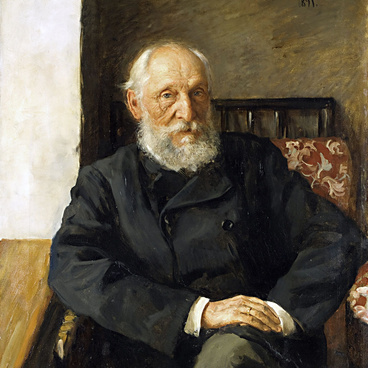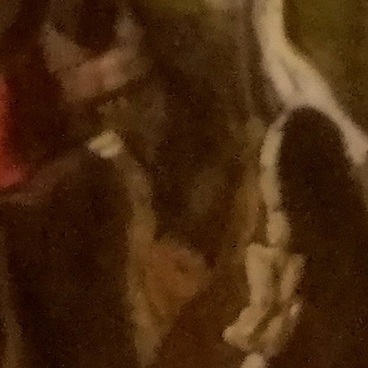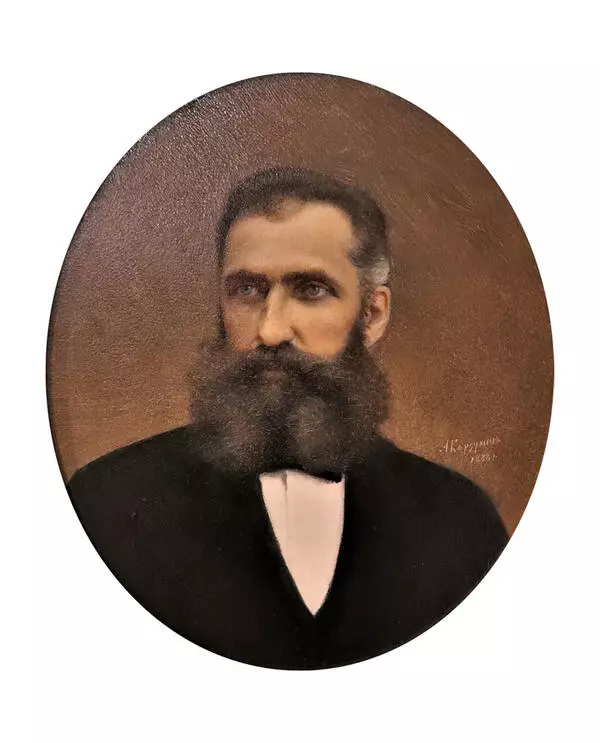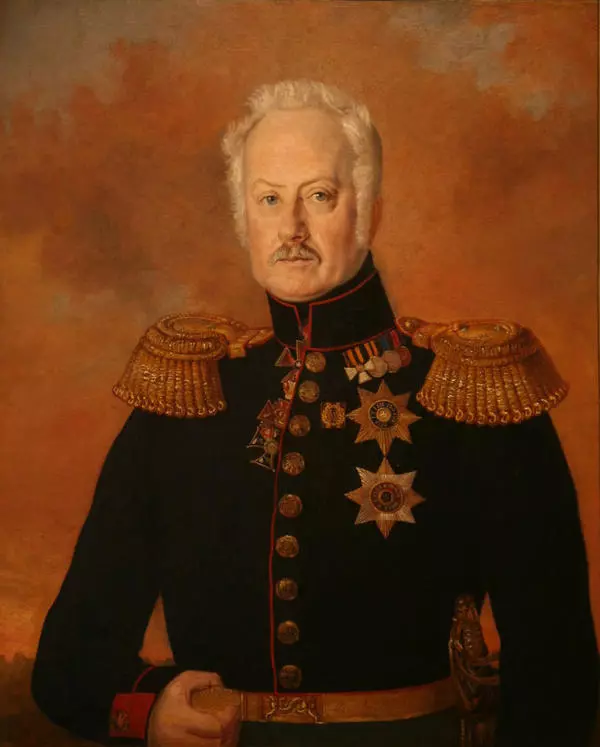During his study at the Imperial Academy of Arts Alexei Ivanovich Korzukhin (1835-1894) was one of its best painters. The genre painting was the artist’s specialty. For one of his most famous works titled “Father”s Return from the Fair” (1868) the artist got the Academic degree.
Korzukhin’s talent was combined with independent nature and courage. In 1863 he participated in so called ‘Revolt of Fourteen’ along with other Academy students. Back then fourteen best students refused to participate at the Academy’s contest for the big golden medal. This reward opened great possibilities to its owner: a chance to study in Italy during 6 years at the Academy’s expense, getting payments, having possibility to teach art and, of course, bring glory to its owner’s name. Back in 1863 the Academy decided to change the rules of the contest. The initiative group with the artist Nikolai Kramskoy as a leader arranged a petition in order to correct the rules. None of them was given consideration to, and so the fourteen students refused to participate in a contest and asked to be graduated from the Academy with the rewards they’d already had by that moment.
Alexei Korzukhin graduated from the Academy with the title of a painter of the second grade. Eventually the artists who had participated in the revolt founded the ‘Artel of Artists’ for the mutual support and getting profit. Korzukhin was the permanent member of the organization until its final breakup in 1871.
Alexei Korzukhin’s painting “Before Confession” was completed after these events in 1876. At the time he was exhibited a lot with his genre paintings at the academic exhibitions. The painting represents the artist’s skill at its best. Here he featured a few archetypes of the church members of that epoch, for example, the simple peasants (an old lady with her grandson), a girl seemingly of the noble origin standing behind them wearing a lace shawl. In front of her are the whispering village men and the wealthy merchant sitting in the chair at the foreground. Their images, clothes’ details, the church interior were painted by the artist with special attention and in great detail. Everything looks as vivid and real that it feels almost tactual.
The second version of this work, with slightly changed characters and composition, was painted one year later, in 1877. It is now in the collection of the State Tretyakov Gallery.
Korzukhin’s talent was combined with independent nature and courage. In 1863 he participated in so called ‘Revolt of Fourteen’ along with other Academy students. Back then fourteen best students refused to participate at the Academy’s contest for the big golden medal. This reward opened great possibilities to its owner: a chance to study in Italy during 6 years at the Academy’s expense, getting payments, having possibility to teach art and, of course, bring glory to its owner’s name. Back in 1863 the Academy decided to change the rules of the contest. The initiative group with the artist Nikolai Kramskoy as a leader arranged a petition in order to correct the rules. None of them was given consideration to, and so the fourteen students refused to participate in a contest and asked to be graduated from the Academy with the rewards they’d already had by that moment.
Alexei Korzukhin graduated from the Academy with the title of a painter of the second grade. Eventually the artists who had participated in the revolt founded the ‘Artel of Artists’ for the mutual support and getting profit. Korzukhin was the permanent member of the organization until its final breakup in 1871.
Alexei Korzukhin’s painting “Before Confession” was completed after these events in 1876. At the time he was exhibited a lot with his genre paintings at the academic exhibitions. The painting represents the artist’s skill at its best. Here he featured a few archetypes of the church members of that epoch, for example, the simple peasants (an old lady with her grandson), a girl seemingly of the noble origin standing behind them wearing a lace shawl. In front of her are the whispering village men and the wealthy merchant sitting in the chair at the foreground. Their images, clothes’ details, the church interior were painted by the artist with special attention and in great detail. Everything looks as vivid and real that it feels almost tactual.
The second version of this work, with slightly changed characters and composition, was painted one year later, in 1877. It is now in the collection of the State Tretyakov Gallery.









